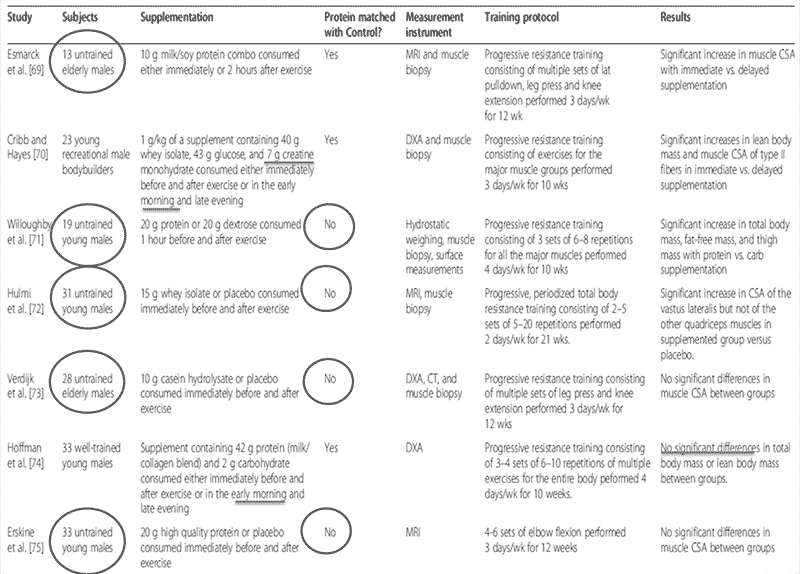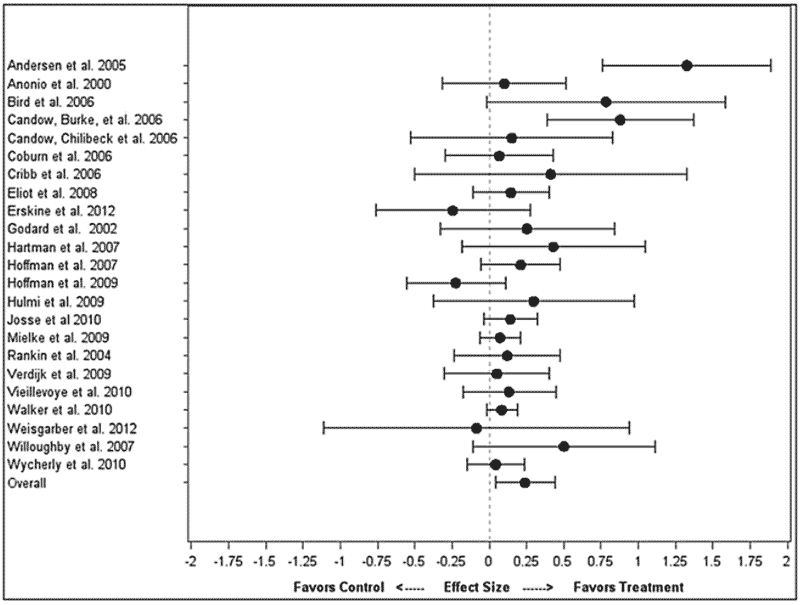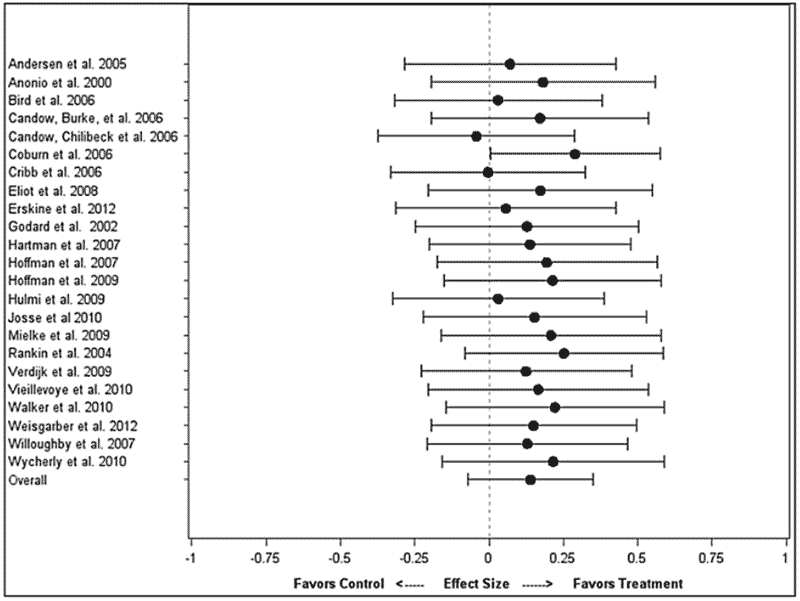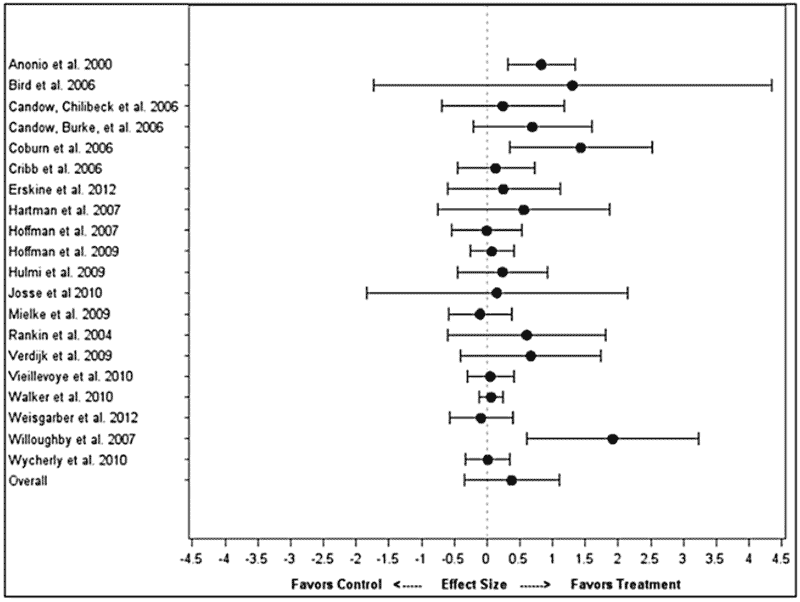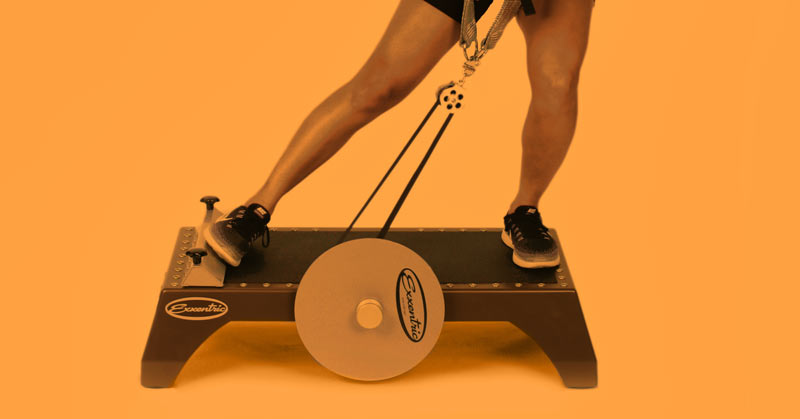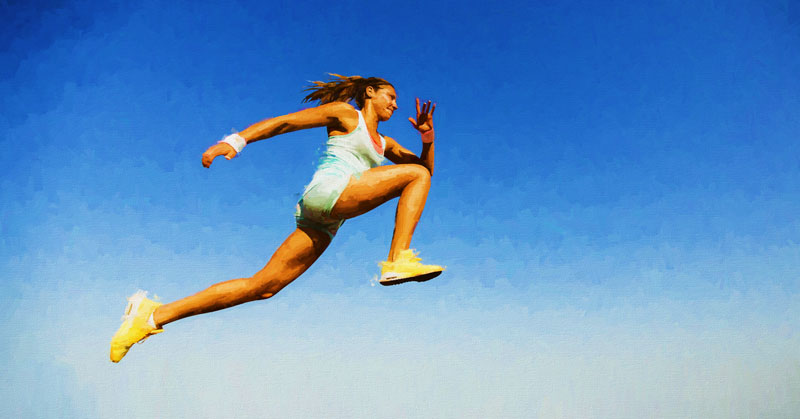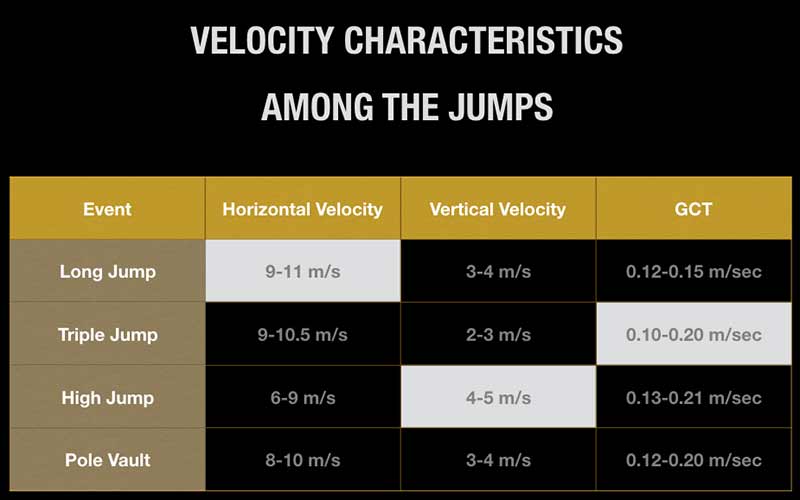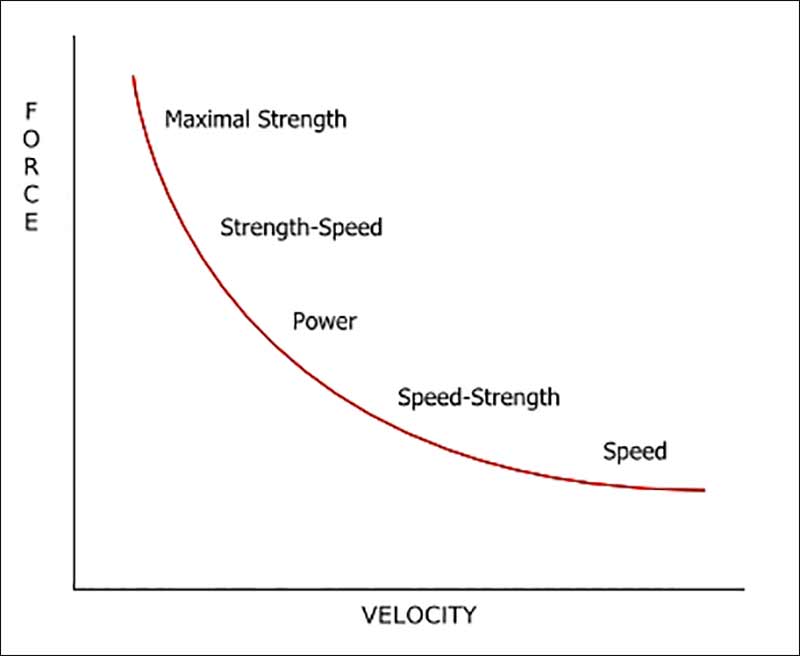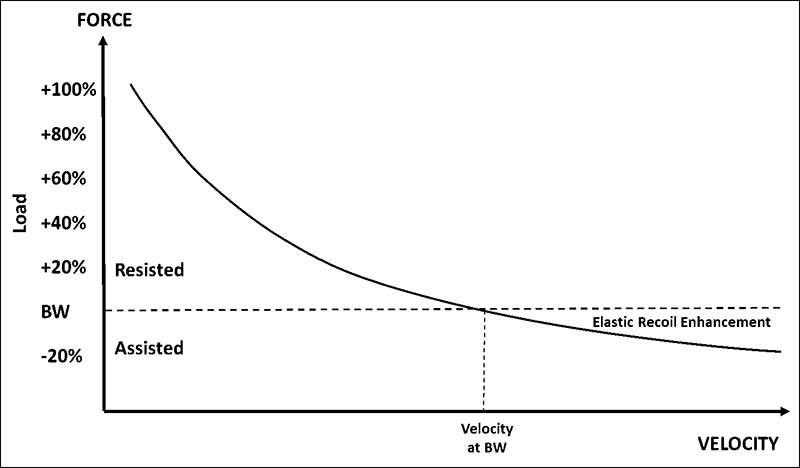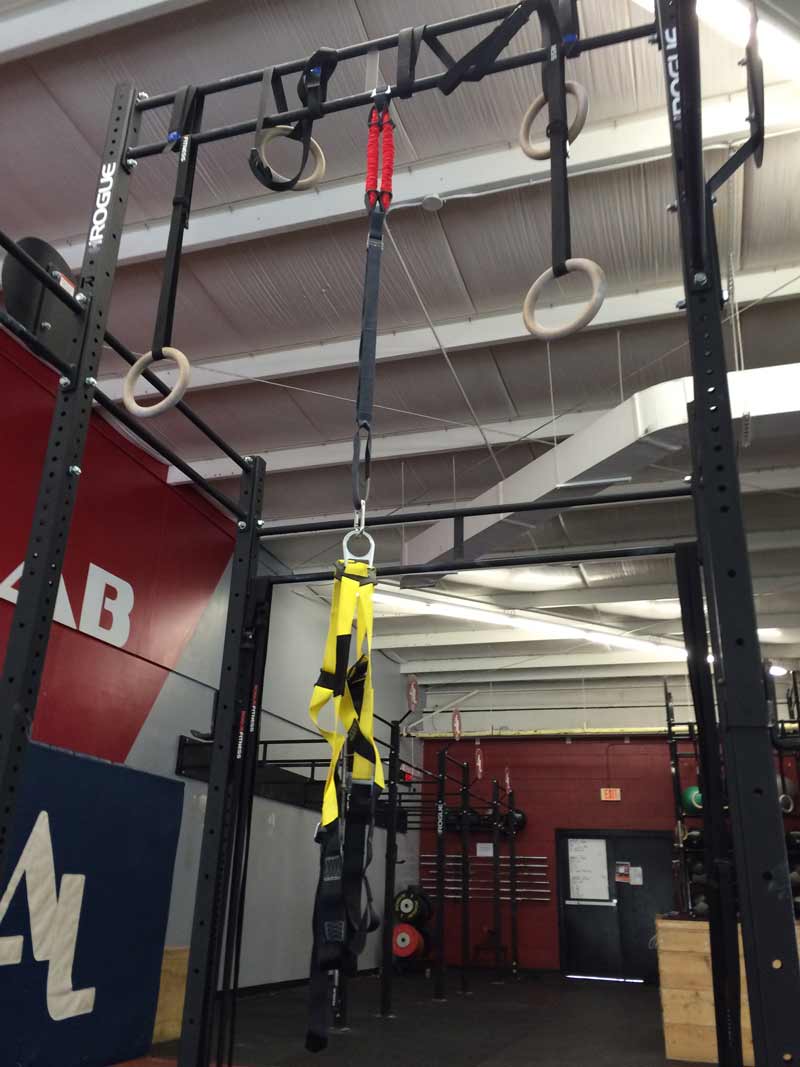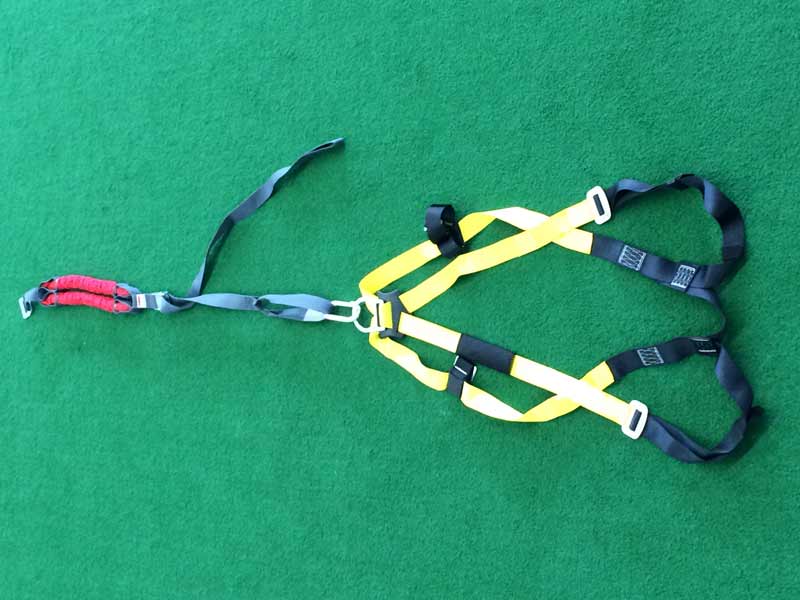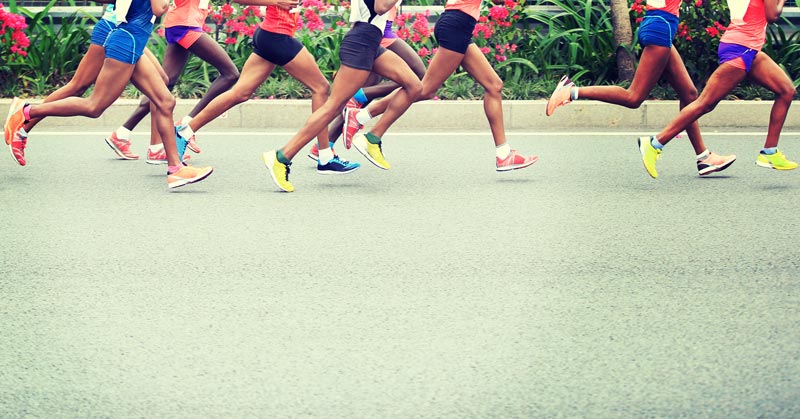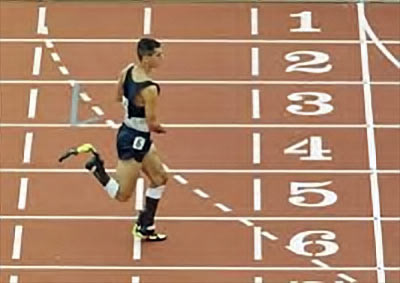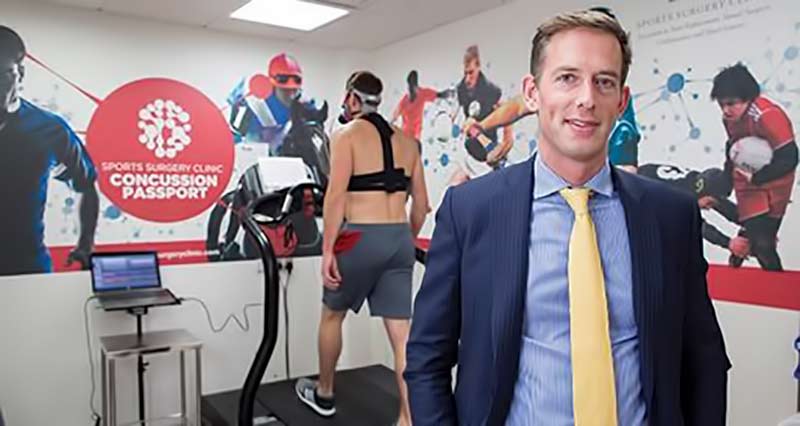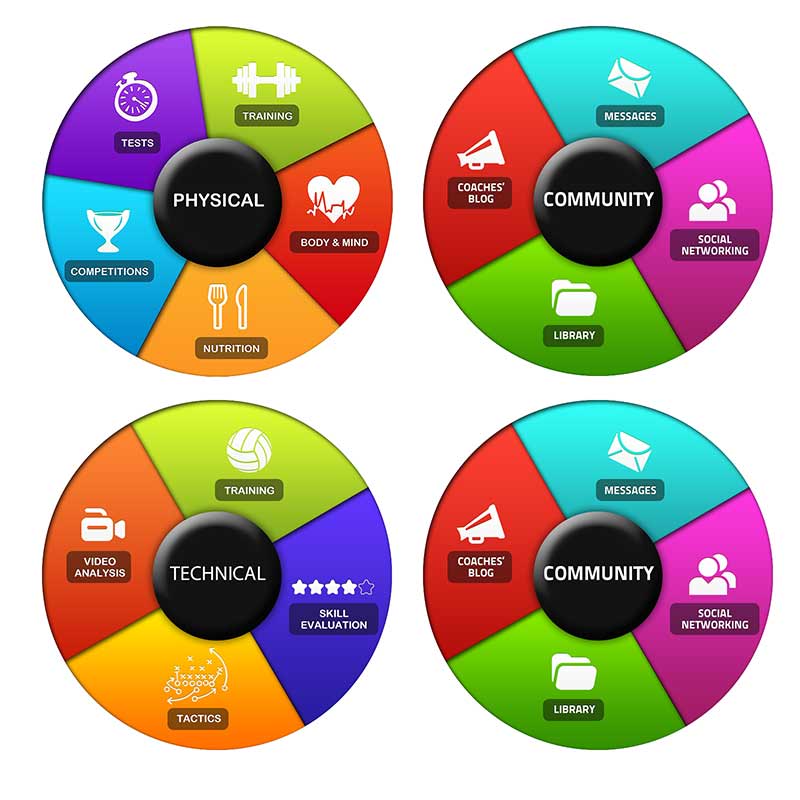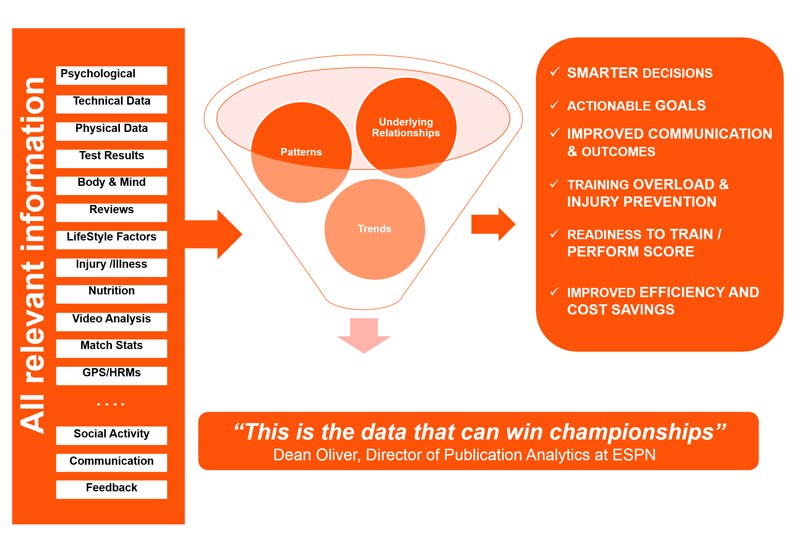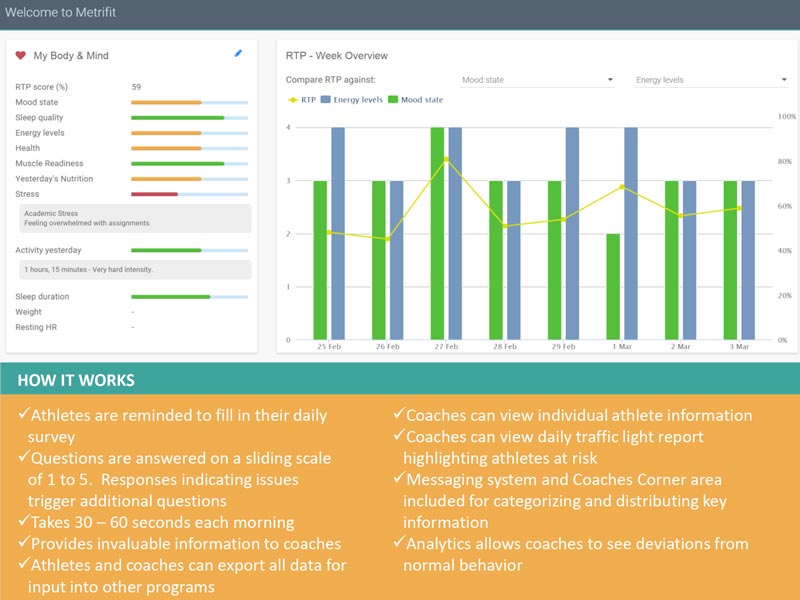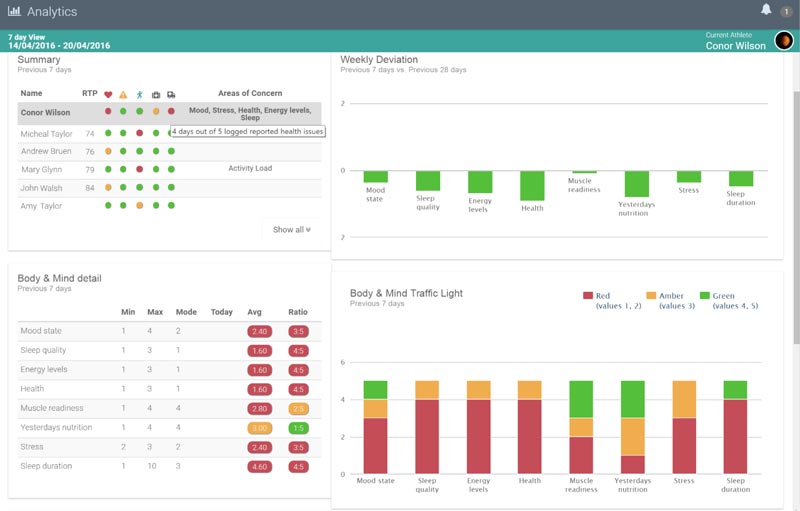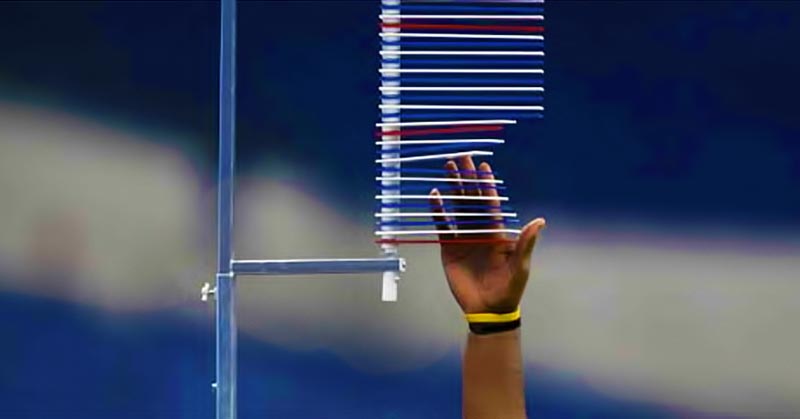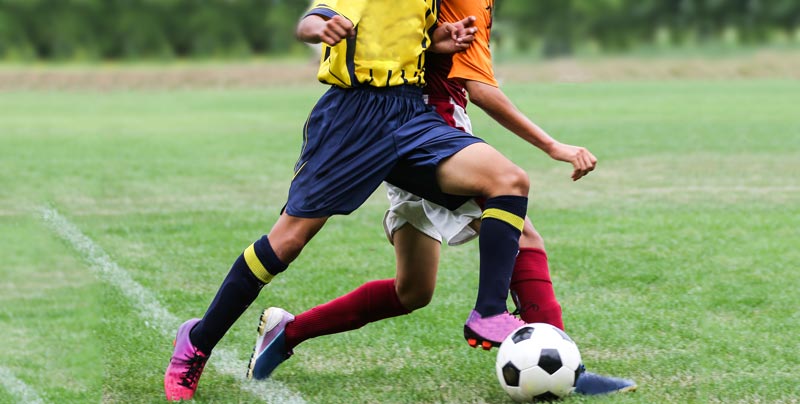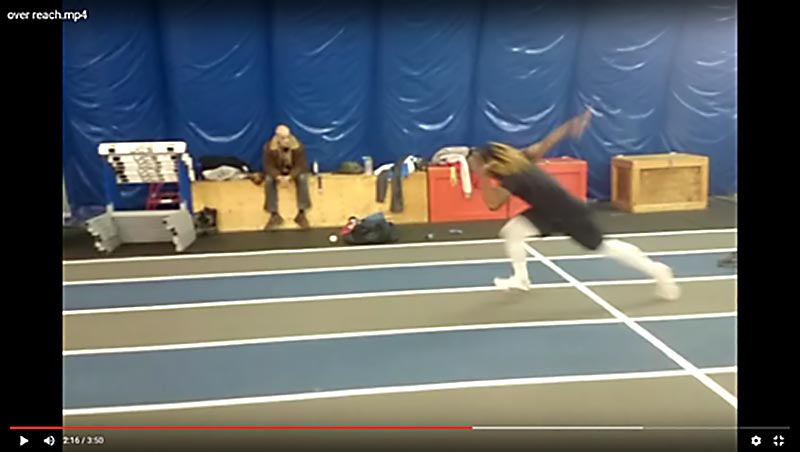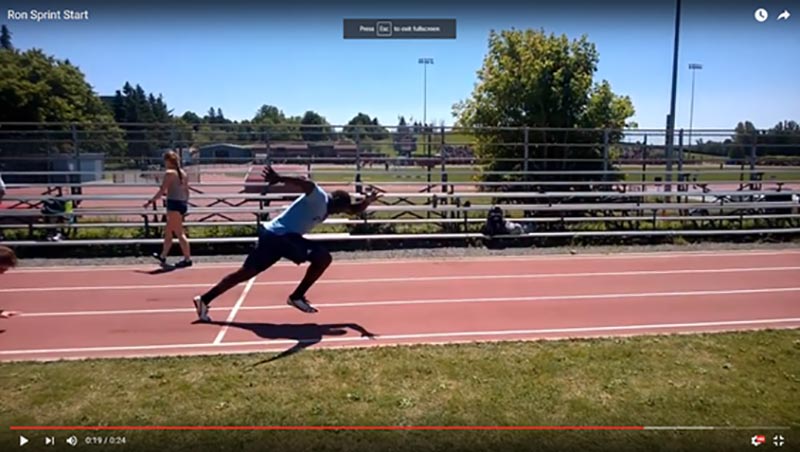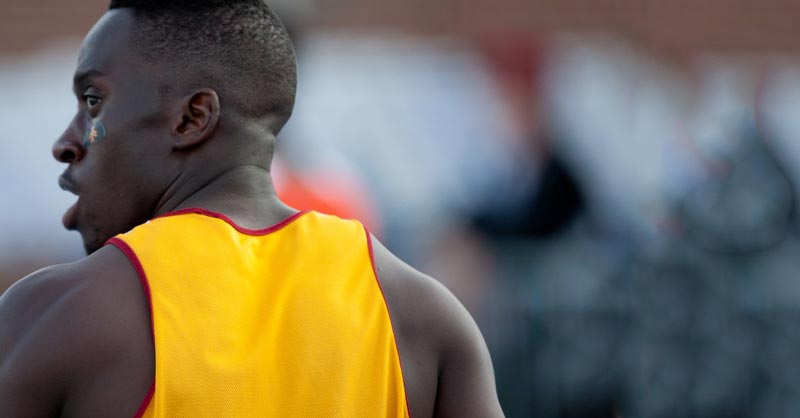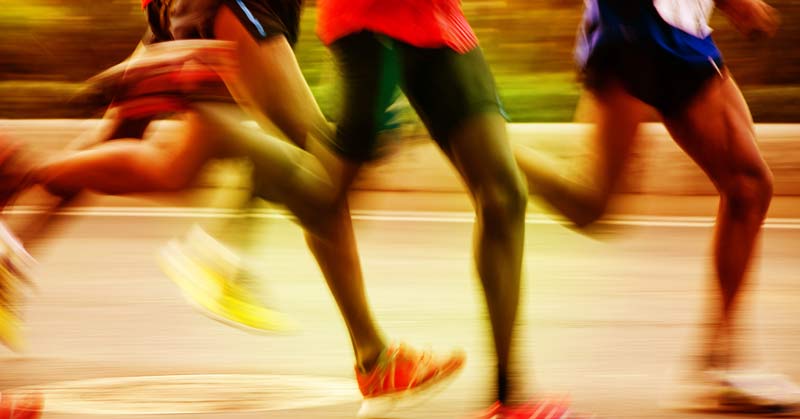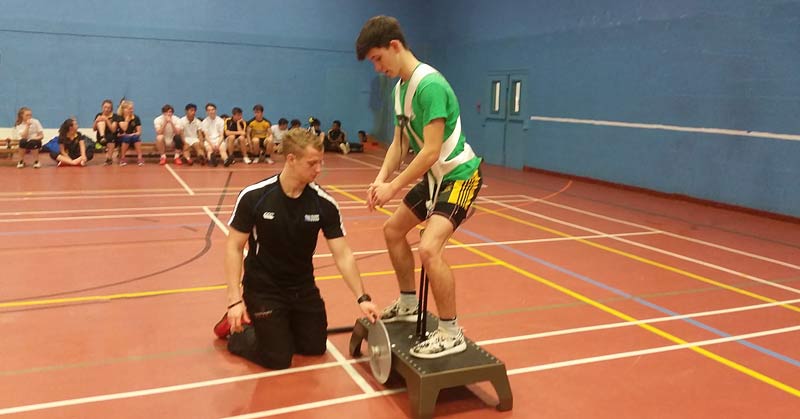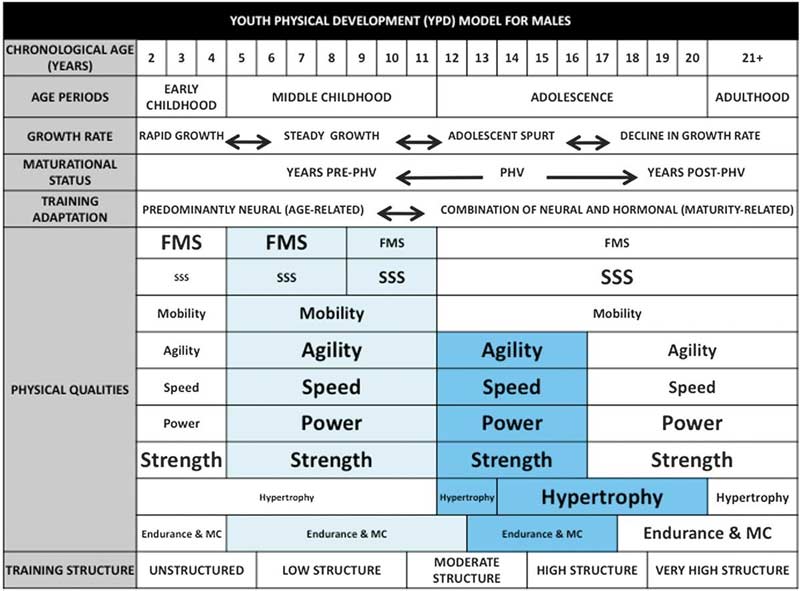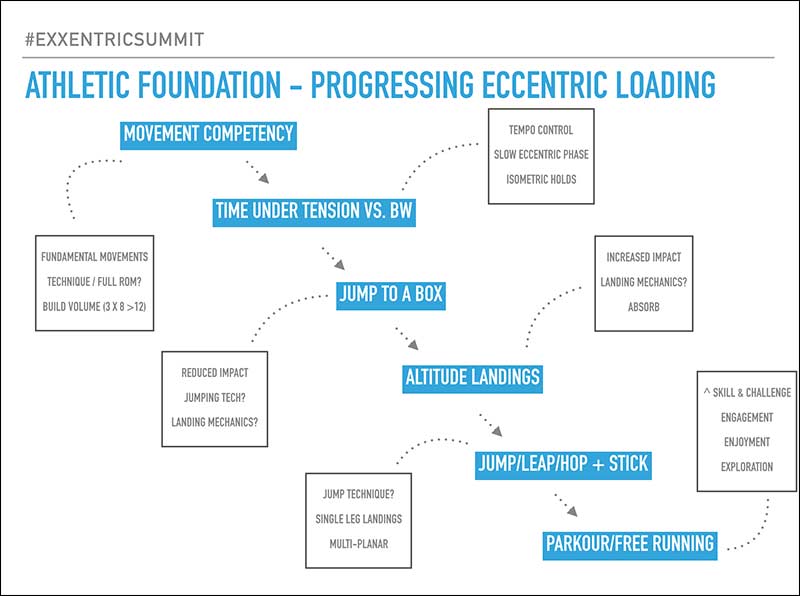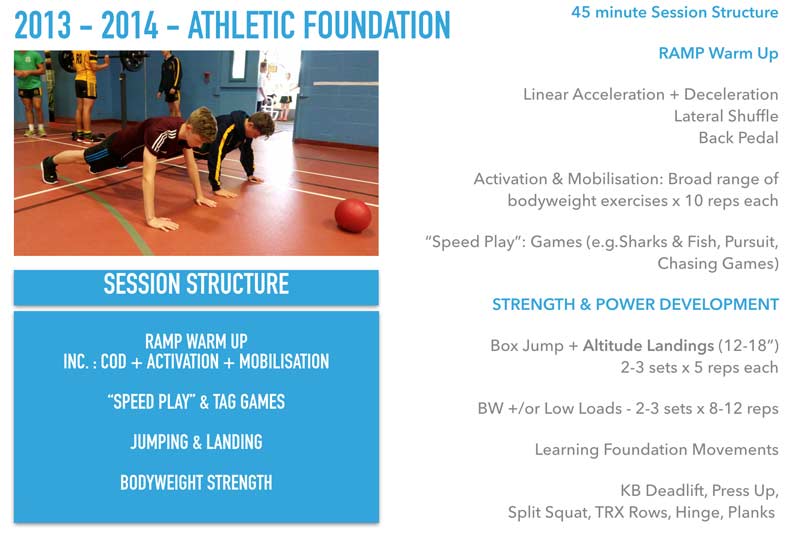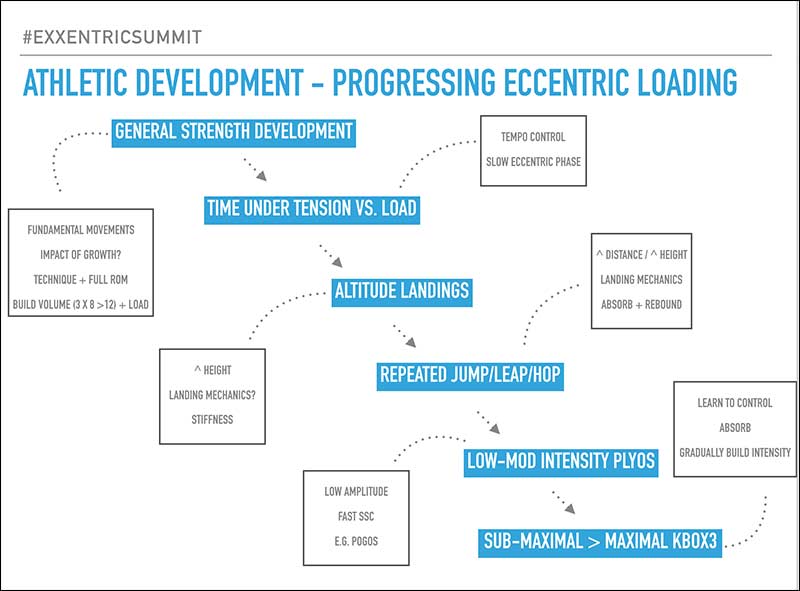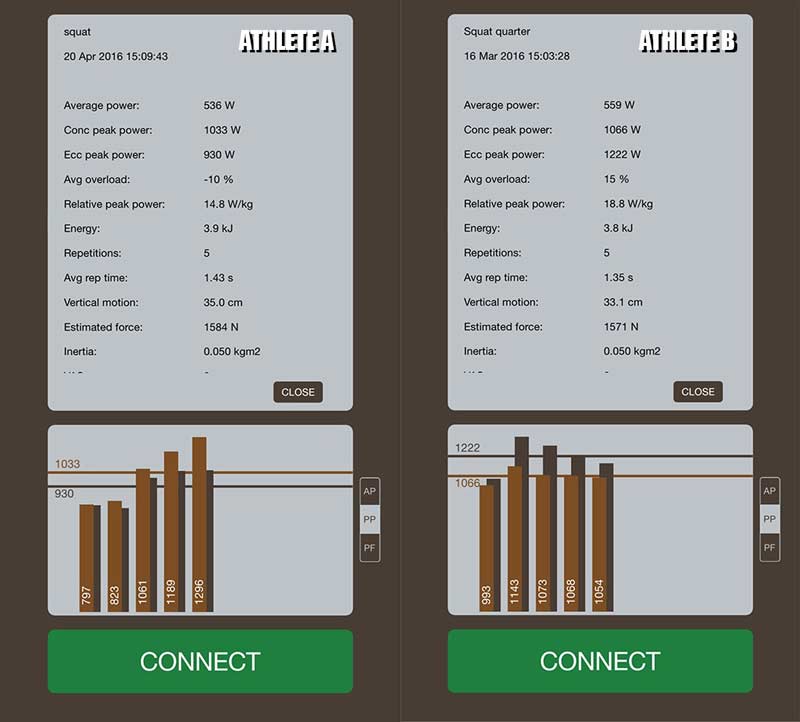
The day-to-day demands on an athlete can be psychologically difficult. Training is often monotonous and improvement can occur at a steady rate at best. There are many reasons for athletes to doubt themselves, their coaches, or their training programs. The mind can have a crippling effect on performance during all facets of training and competition.
There are great resources available that discuss the common psychological issues that athletes face. Areas of traditional sport psychology include the following:
- Stress Management and Relaxation
- Arousal Regulation
- Self-Talk
- Imagery and Visualization
- Goal Setting
- Confidence and Self-Esteem
- Attention and Focus
While all topics are beneficial, and it is certainly a good idea to learn these strategies, some topics are more useful than others. Take the topic of confidence, for example. I feel that workshops using self-assessment questionnaires and other methods of self-analysis are often a waste of time. The majority of psychological traits are deep and complex, and are not simply surface issues. Many traits have been ingrained from early life experiences and the societal brainwashing that we are subjected to daily.
I have made the statement, “Genetics win,” many times, and we can talk about nature versus nurture for days. The fact is, they both play a part. I do believe, however, that you can change these learned traits through strong belief and focus, and allow yourself to live through a perspective that you choose. Ultimately, you CAN change your life’s path.
Instead of simply repeating the content of hundreds of texts discussing the clinical aspects of applied sport psychology, I wanted to take a deeper look at perspective and how it can affect every outcome in a person’s life.
Fearless Desire
I begin by discussing the ultimate psychological destination: fearless desire. Fearless desire is achieved through a process of awareness, understanding, and change, and is directed by mastering situational perspective. In my opinion, it is our ultimate goal.
Failure & achievement are essential to growth & development, along with the need to embrace fear. Share on XThis detachment from fear and consequence allows for a freedom that is associated with both failing and achieving. Both are essential to the process of growth and development, as you can’t have one without the other. Fear places athletes in a virtual stranglehold and limits all human potential, both physically and mentally.
For example, consider a child and how intense they can be when they want something. When they want it, they REALLY want it. In fact, for a lot of children, that thing—whatever it is—becomes the center of their life for that brief moment. They have no consideration for others, no thought of consequences, and no fear of outcomes. A child is able to truly live in the moment and practice fearless desire without conscious thought. This is incredibly powerful.
Unfortunately, by the time we reach our teen years, it is nearly impossible to eliminate experience from our psychological makeup. Our minds become so cluttered with experiences and opinions that making clear, non-biased decisions is no longer natural. Embracing fear is an important step toward freeing yourself from this destructive pattern of self-perspective.
A fearless desire doesn’t mean disconnecting with emotions. Instead, it means using them to our benefit by understanding how to leverage fear and change our perspective. Athletes face fear on a daily basis. Self-doubt, fear of failure, and fear of vulnerability are very common and require strategic thought and action, which I will discuss throughout this article. The creation of a mindset of freedom and exploration begins with a deeper look into perspective and how it shapes our lives.
Perspective, or the Lack Thereof
According to Merriam-Webster, perspective is “the capacity to view things in their true relations or relative importance.”
Perspective is an incredibly powerful word. It is commonly used to ground people, and to keep them in touch with (someone’s) reality. It is rarely used for positive reasoning.
Perspective can severely hold you back, especially when you are daring to dream big. Athletes who dream are in a powerful position. The feeling that anything is possible is a difference-maker when unlocking the restrictions that society places on us. When a dream becomes a purpose, it provides an influence like no other. There isn’t a drug, psychologist, or parenting book available that can do more for a child’s focus, self-esteem, and desire to achieve than the pursuit of a dream. A dream establishes an identity, and that develops a passion like no other.
As parents, mentors, role models, and coaches, we need to do all that we can do to light the fire of a dream and let it burn for as long as possible. Encouraging an opposing perspective doesn’t mean being reckless or harnessing false hope. It means encouraging those that want it, those that need it, and those that have it. It means teaching how to identify oneself through a dream and how to live with a purpose. After all, it is through failure that we succeed, through process that we learn, and through a dream that we live.
How often have you been told to “get your head out of the clouds,” or that “you need to come back down to earth”? I bet it’s happened many times. It seems that we are always being told what we can’t do and what we shouldn’t think, and that certain things are just not possible. In a culture where dreams are laughed at and extraordinary ability is viewed as abnormal, I am here to tell you that it is through a lack of perspective that you just might persevere long enough to achieve your dreams.
Optimism Is a Choice
A healthy mind is determined by one thing, and that one thing is your thoughts. Your thoughts control everything—every emotion and every act. You are your thoughts. This can be a great thing, but it can also derail every chance you have of success.
Optimism is closely linked with perspective and how you CHOOSE to perceive certain situations. I emphasized “choose” because you always have a choice. Life is about routine and habit. Human beings subconsciously stick with what they know and, as a result, often get stuck in a particular mindset. More often than not, we focus on negative desires, negative influences, and negative outcomes. Why is this? Well, it ties in closely with my previous thoughts on perspective. We have been conditioned to focus on the risks and negative “what ifs” associated with trying something different or difficult. We no longer associate the possibility of achieving greatness with our view of ourselves.
When someone truly believes in themselves and accepts the potential of great personal achievement, they can become unstoppable. Unfortunately, getting to that point can be very difficult. Revising perspective or learning to see perspective in an entirely new light can help tremendously. Here’s how:
Practice the Law of Attraction. You have likely heard this before. I truly believe in the Law of Attraction, even though it can’t be explained through science or data. It is a belief much like religion or faith, and I understand why many people would be skeptical about this. I’ll just ask this: Given that we all have a choice whether to think positively or negatively, why would you choose to think negatively? Change the way you think and you’ll change many outcomes in both your sporting and personal lives.
Realize that you can’t achieve without trying. One of the main reasons for the endless cycle of negative thoughts creating negative outcomes is the fact that negative people never give themselves a chance. You’ll never score if you never shoot. Negative people don’t shoot because they already believe they are going to miss. Missing in life is no different. You’ll be truly amazed what you can accomplish if you’d only give yourself a chance. It all starts with belief. You can’t desire what you don’t believe in. Be optimistic and start believing now!
Create a resilient mindset. Resiliency is an incredibly important attribute. I would put it in my Top 5 must-haves for becoming a great athlete. Condition yourself to have a thick skin, and to never stay down when you feel like you’ve been knocked to the floor. An optimistic outlook on life is one piece of the resiliency puzzle.
Separate yourself from others. Perspective is reality according to the views and opinions of others. It is often based on events and consistencies that have nothing to do with you. Separating your reality from the histories of others is important, as you should never fear an outcome based upon another person’s personal experiences. You create your own reality and, as much as society wants you to succumb to its sheep-like ideology, success is often down to you and your actions alone.
Don’t let your perspective be based on other people’s experiences and opinions. Create your own. Share on XLive in a bubble. Dreams, motivation, drive, and laser-like focus go hand in hand. The relentless pursuit of a dream places a person in an almost abstract world where anything goes; creating the ultimate freedom. There are no limitations, no interferences, no opposing views, and no negative energies. It will eliminate noise, increase confidence, and generate positive self-talk and an overall sense of well-being. These are all important qualities to have when aiming to achieve personal greatness.
Get out of a rut. If you’ve been around sports long enough, you know that success and development are never smooth sailing. There are many ups and downs, and sometimes the downs persist for several weeks or months. During times of struggle, the reality of failure can be tough. This is an ideal time for an athlete to alter their perspective to aim for a new goal and a new direction within their sport. For example, this could be the excitement of following a new program or seeking a new coach.
Identify with those who are like-minded. Choose your training partners wisely. Surround yourself with those who share your perspective on the present and the future. A coach’s words and actions should be aligned with the perspective of the individuals that he coaches. He should aim to enhance all positive attributes linked to it and get rid of those that are detrimental. Amazing achievements can be made through teamwork and support.
Make excuses. Real excuses are important. For instance, if you jumped poorly but had a hurricane-force wind in your face, you certainly need to recognize that. If you can truly justify something that’s happened, whether negative or positive, you have a greater chance of either putting it behind you or using it for your future benefit. An athlete who has been taught to never make excuses can lose sight of clear and obvious reasons that justify a performance.
When you’ve put your heart and soul into a goal, like many track and field athletes have, the last thing you want to do is accept failure if: a) you were not in control of it; or b) you didn’t do all you could to prevent it from happening. Remember: Your perspective and perception of an event will shape your response to it, and that will decide your future path. Allow for real excuses, as they can often give you the motivation you need to achieve your future successes.
Cultivating the Fire
Through careful nurturing, your personal fire can create the greatest opportunity for developing perspective. There are several stages to the process and recognizing them can give you the best chance of persevering when your journey hits a roadblock.
Stage One begins with exposure. This is when you experience something new for the first time. A sport, game, sound, person—whatever it is, it provokes a feeling that is hard to describe. You certainly know it when you feel it. This newfound passion soon becomes how you identify yourself. My own fire began this way when I was 15 years old. That’s when I fell in love with sports and, specifically, jumping. My fire has remained lit ever since; even through a lot of heartache and tears.
Stage Two is instant reward and gratification. Everyone loves Stage Two. Typically, during these immediate stages of practice and obsession, you develop quickly, improving your skills and knowledge of a sport. Confidence is at an all-time high at this point and you have no doubt that this was your calling all along. Very little effort is required during these early stages, as it all flows effortlessly and you feel yourself on track to becoming the next great athlete in your sport.
Then, just like that — Boom! A figurative punch in the face. Stage Three is the first roadblock or plateau. Although normal, this stage throws a lot of people. This isn’t where most people give up, however. It’s too early for that! Most people will have enough desire to get through this first struggle; instead, this is actually where the obsession hits an all-time high.
Still as motivated and obsessed as ever, you reach for the books and begin learning everything possible about your sport. Soon enough, you begin improving again, but this time the progress has slowed considerably. Right around this point is when you realize just how far from your goal you still are, and your excitement begins to wane. Doubt begins to take over, practice begins to feel like a chore, and you lose motivation and start to miss training days. The vicious cycle of negativity and bad excuses has begun. This is where most dreams end.
Further improvement at this point may take three months, or three years, so don’t be discouraged by the lack of instant gratification and improvement. At this stage, everyone improves at a different rate and, for many athletes, this slow, incremental growth is debilitating. However, the point is that, except for physical limitations related to age, there isn’t a set time frame for personal development. Everyone develops at their own rate, and it make take years for some people.
Throughout my coaching career, I have seen dozens of athletes quit too early, whether because of time, money, or other realities of life past college. Of course, these are all understandable reasons and I can’t comment on personal decisions. However, self-doubt fueled by slow improvements, poor training and coaching, and the failure to achieve poorly established goals are far too common reasons for quitting early.
I can promise you that no high school or collegiate athlete has reached their personal ceiling. They haven’t yet done all they can to ensure further development and they simply haven’t spent enough time trying. Sure, many athletes fail to improve after high school and college, but this is often because of poor lifestyle choices, training, coaching, and other related factors. Again, these athletes haven’t done all they can to improve.
Their personal dream ended right when they were no longer willing to go the extra mile; when they resigned themselves to the fact that they could no longer achieve that dream. Athletes in this situation aren’t able to control their thoughts anymore, and their perspective has become so negative, untrusting, and controlling that they no longer believe in their journey. The chance of potential “failure”—often in the eyes of others—is no longer worth it in their own eyes.
The most important decision an athlete can make is to keep their dream alive as long as possible. Share on XBut your actual potential is largely irrelevant. You’ve heard that the journey is greater than the end result, and I echo this statement emphatically. If your dream was truly real, what you learn about yourself throughout the journey can’t be matched. The single most important decision you will ever make is to keep the fire burning for as long as possible.
Filtering the Noise
The topics discussed here can be difficult to achieve. Therefore, athletes must put themselves in the best possible situation to succeed emotionally, socially, and physically. Your mindset drastically changes with your environment. No matter how disciplined you are, it is human nature to be influenced by your surroundings. Perhaps your healthy diet doesn’t quite fit with the eating habits of your roommates. Or, Friday night is party night in your house but you have competitions on Saturdays. Your life isn’t “normal,” and you can’t do what your non-athlete friends and family might do.
As an athlete, if the majority of your time isn’t spent with like-minded people, you place yourself in a difficult situation. Even the most strong-willed people have a perspective that’s deeply affected by their surroundings and the people with whom they surround themselves. Perspective will decide every act and decision that you make.
Every aspect of your life can be viewed as noise if it doesn’t support your goal. We are all surrounded by noise—some more than others—and it is often impossible to get rid of it all. I can’t tell you how many athletes I’ve worked with who suffered because their “support system” was anything but supportive.
Stress management and focus are two areas of sport psychology that relate to this concept. Recovery from the physical and emotional stressors of day-to-day training is largely impacted by the athlete’s ability to deal with those stressors in a positive way. Living in a stressful environment with people who choose destructive actions will make recovery impossible. “Stressful” can refer to financial issues, lack of sleep, arguments with a significant other, studying problems, or difficulty maintaining a social life, to list just a few.
Identifying the noise may be easy, but then you also have to decide to filter it. Much like the food you eat, your life choices can either help your journey or hurt it. Every choice you make will contribute in some way to your end result. Deciding to go “all in” can make the difference you’ve been so patiently waiting for.
View your journey as a great block of ice and each decision you make as an axe sculpting the art of your life. Take it seriously.
A Resilient Mindset
I once asked an Olympic gold medalist if he saw a sport psychologist or did any formal psychological preparation. He said he never considered it because he never had any psychological problems. As I got to know him, I quickly realized why: He never let anything bother him. No matter what happened on or off the track, his perspective was incredible. His outlook on life enabled his confidence and motivation to remain high at all times. His resilient mindset is the underlying reason for his longevity and success.
I believe the relationship between a person’s perspective and their spirit is clearly evident. Perspective shapes your existence. What kind of existence do you have? What kind of existence do you want?
Since you’re here…
…we have a small favor to ask. More people are reading SimpliFaster than ever, and each week we bring you compelling content from coaches, sport scientists, and physiotherapists who are devoted to building better athletes. Please take a moment to share the articles on social media, engage the authors with questions and comments below, and link to articles when appropriate if you have a blog or participate on forums of related topics. — SF



